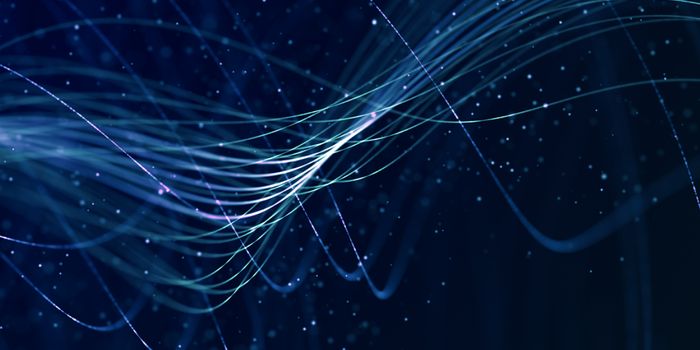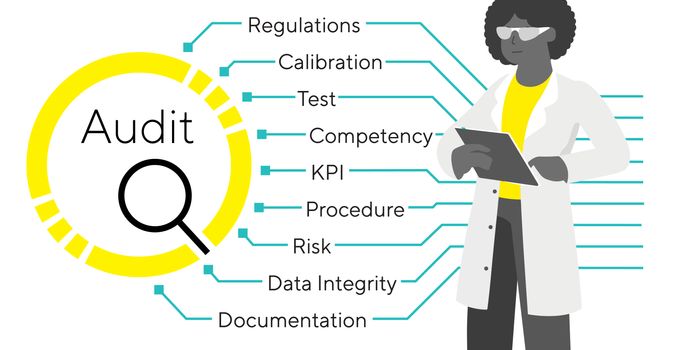Researchers Reveal How a Trio of Proteins Fine-Tunes Cell Movement
Human cells are brimming with thousands of proteins, which interact with each other in various ways to impact cell function. Actin is an essential part of the cytoskeleton, giving a cell shape and form, and actin is found at high levels in most cell types. Actin filaments can also elongate and push against the sides of a cell to propel it forward. There are also three proteins that have a major influence on actin; one assembles molecules of actins into filaments; another stops the extension of the filaments; and a third protein can break those filaments down. Now scientists have investigated the complex relationship between these three proteins, and how they affect actin. The proteins seem to be able to act in isolation or together to carefully control actin filament activity. The findings have been reported in Nature Communications.
This work has also provided new insights into cellular movement, which can impact many aspects of physiology and disease. “We found that while these three proteins do one thing when working on their own, they do a completely different thing when the other two proteins join them,” said senior study author Shashank Shekhar, an assistant professor of physics and cell biology at Emory University. “It gets really complex, very fast.”
This is the first study to show that all three of these proteins can sit on the same end of an actin filament, noted co-first study author and Emory graduate student Heidi Ulrichs.
Scientists have long known a lot about actin and how it works. Formin is a polymerase enzyme that is known to trigger actin filament elongation. Formin can sit at the end of a filament and recruit free actin molecules to extend the filament. There are depolymerase proteins, like twinfilin, which can attach to the end of the filament and peel one molecule away at a time to eventually disassemble the entire thing. Finally, capper proteins are known to halt elongation or disassembly of the filaments. These proteins cap the ends of the filament and stop other proteins from working there.
What we know about these proteins came from studies that analyzed them in isolation. Some more recent work has assessed the interactions of twinfilin and cappers. In this study, the investigators wanted to determine if these proteins could all act on actin at once. With a tool called microfluidics-assisted total internal reflection fluorescence microscopy (mf-TIRF), the researchers got a close look at remodeling in the actin cytoskeleton.
Actin, formin, twinfilin and a capping protein were labeled with fluorescent colors that emitted fluorescent light, and the researchers observed the proteins within a microfluidic system.
They were surprised to find that if twinfilin, which breaks down actin filaments, was present with both formin and the capping protein, filament elongation was actually accelerated by twinfilin. “That’s counterintuitive, which is cool,” said Ulrichs.
By itself, twinfilin is not able to join formin at the end of the filament. Once the capping protein was there, however, all three proteins could act simultaneously on the filament. The researchers suggested that this system creates fine control of actin filaments.
Sources: Emory University, Nature Communications









